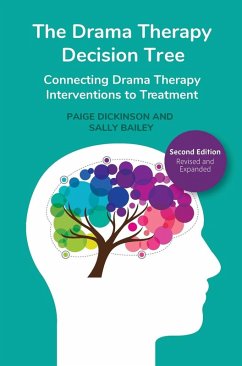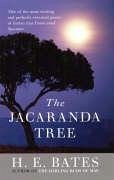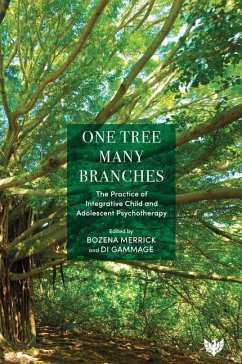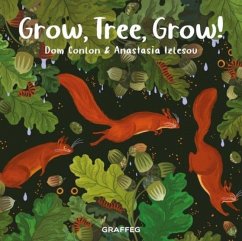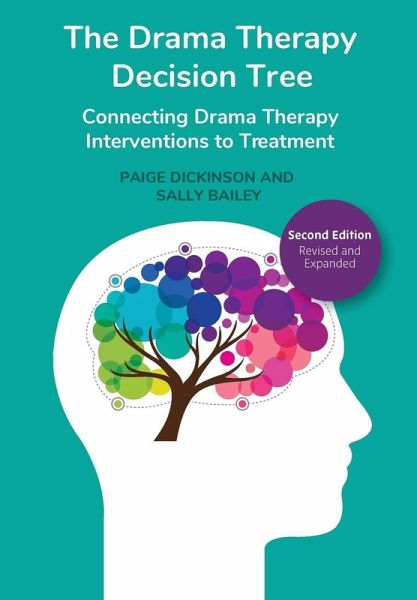
The Drama Therapy Decision Tree, Second Edition
Connecting Drama Therapy Interventions to Treatment
Versandkostenfrei!
Versandfertig in 1-2 Wochen
49,99 €
inkl. MwSt.
Weitere Ausgaben:

PAYBACK Punkte
25 °P sammeln!
Provides a model for therapeutic decision-making, uniting drama therapy interventions with diagnostic information, individual and group processes, psychological distance, the drama therapy pie, and global outcomes in a series of questions for early career drama therapists and other healing professionals. Fully revised and substantially expanded, with online resources. 7 b&w illustrations. Online resources: Supplementary Material A Supplementary Material B





